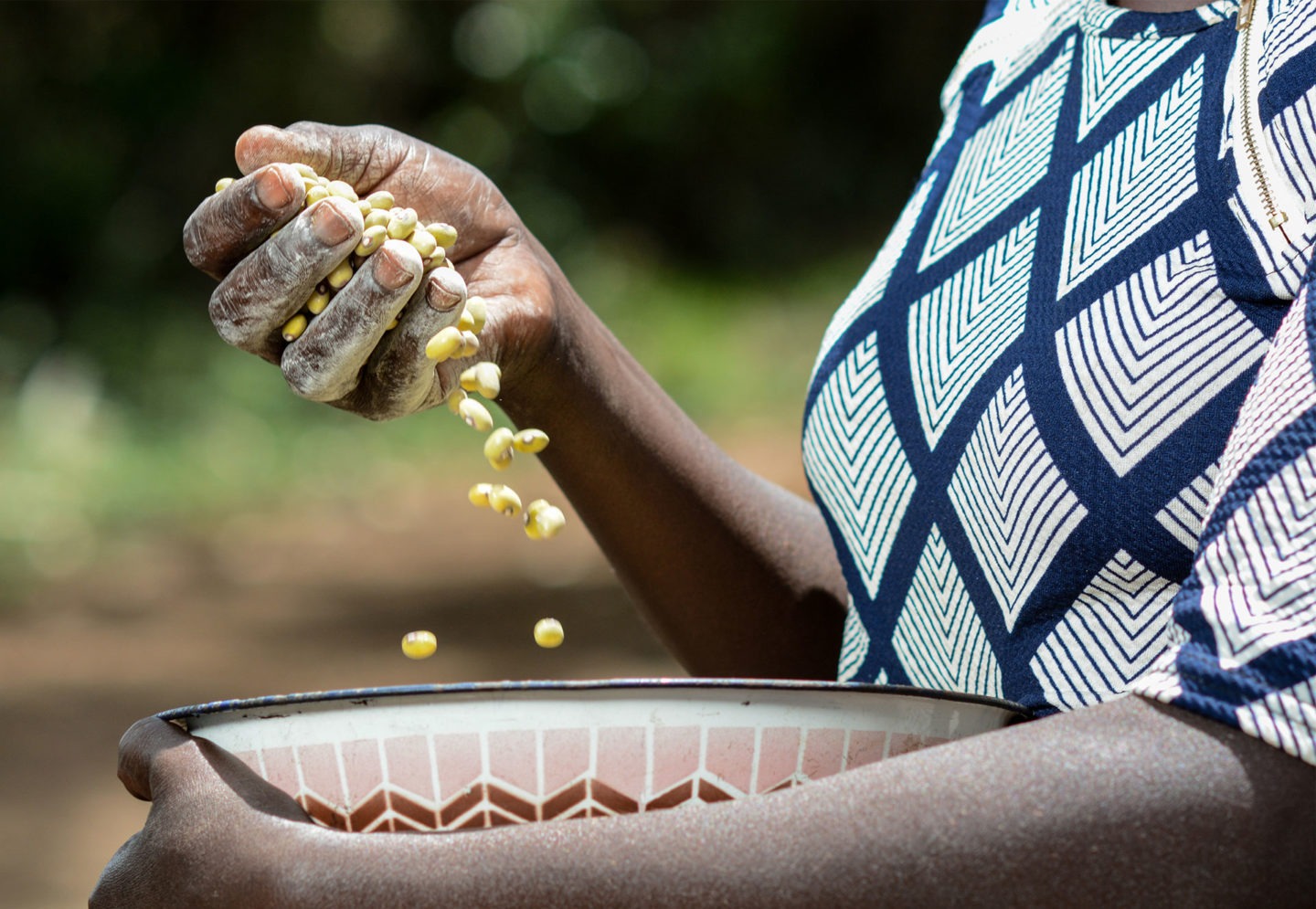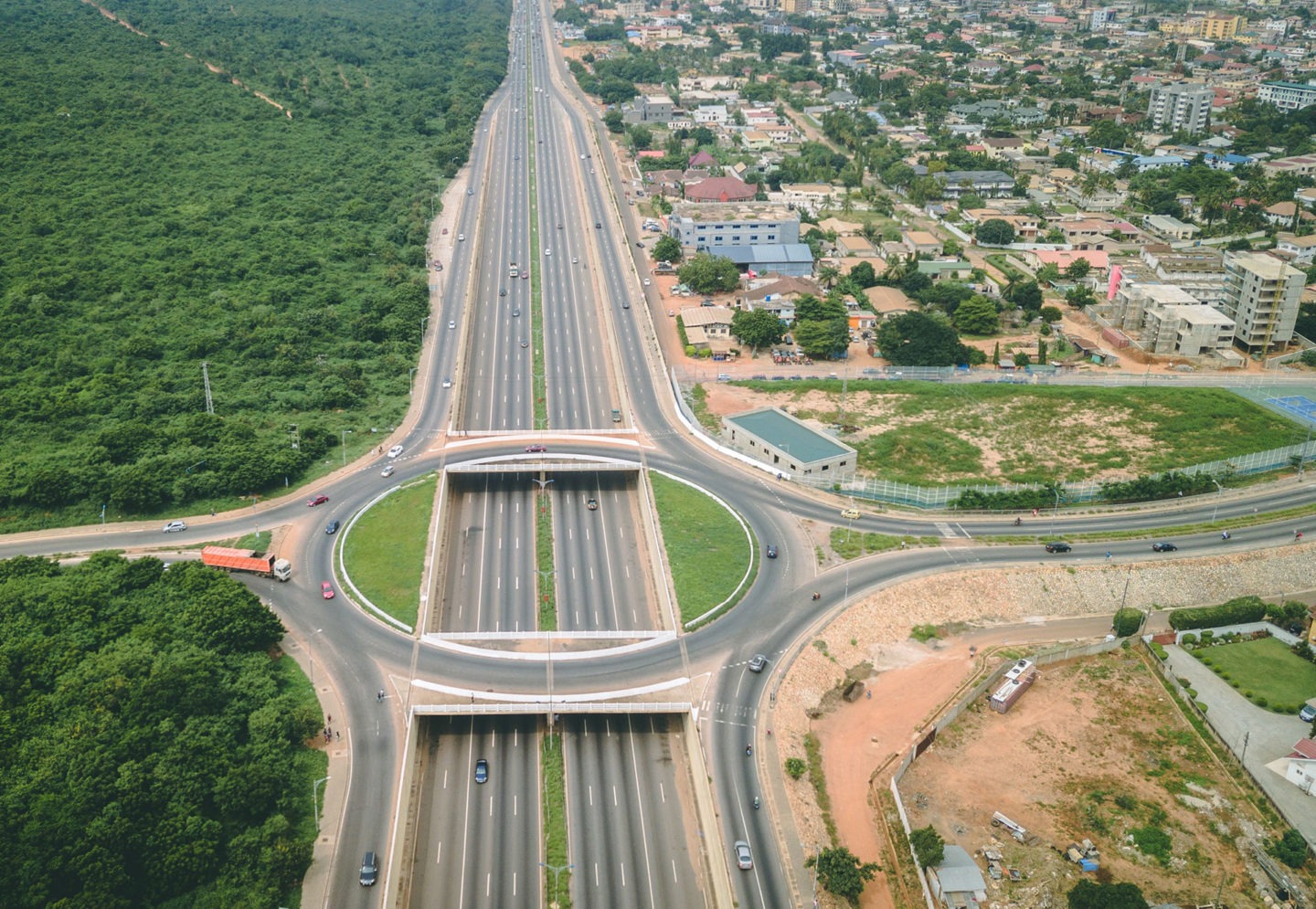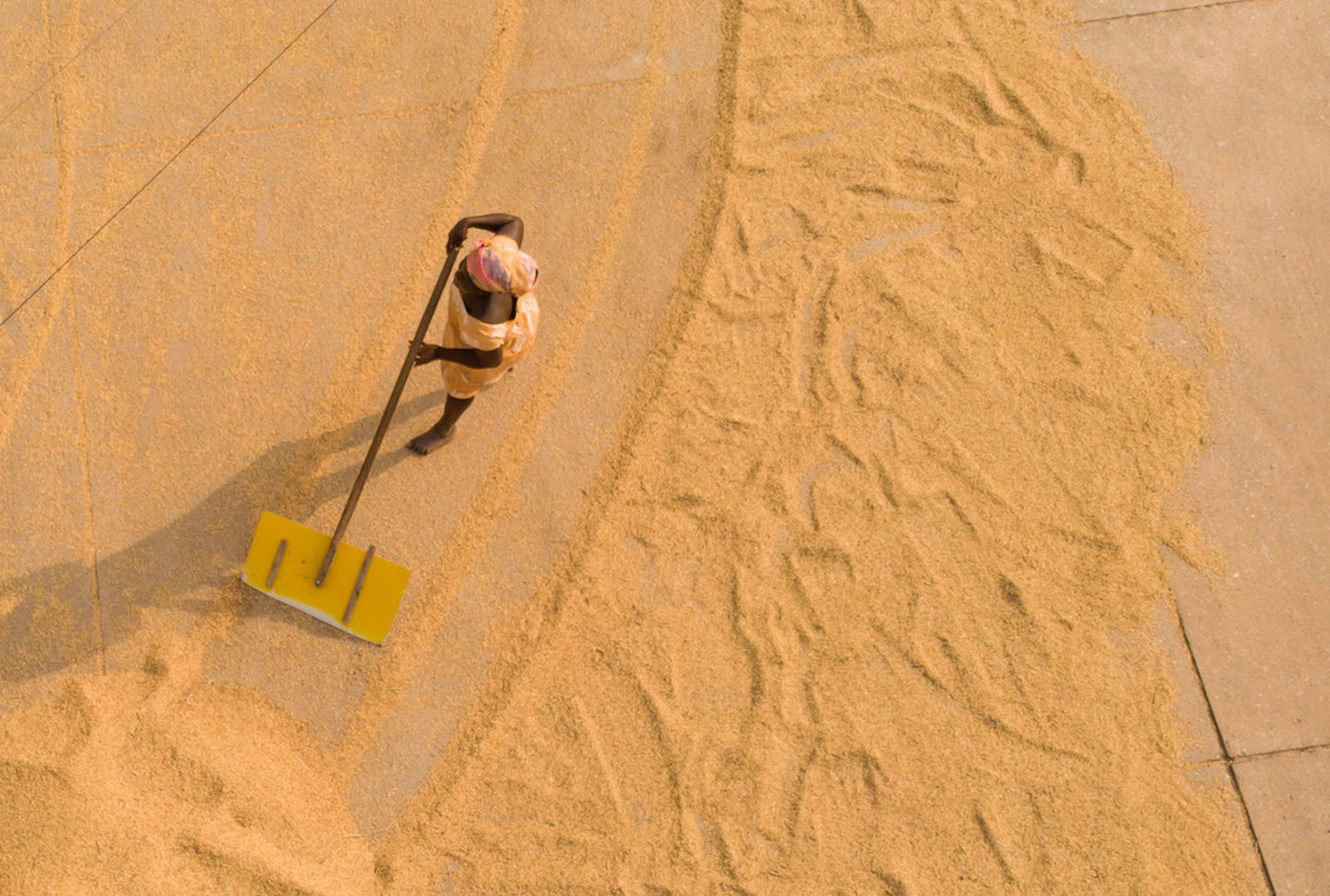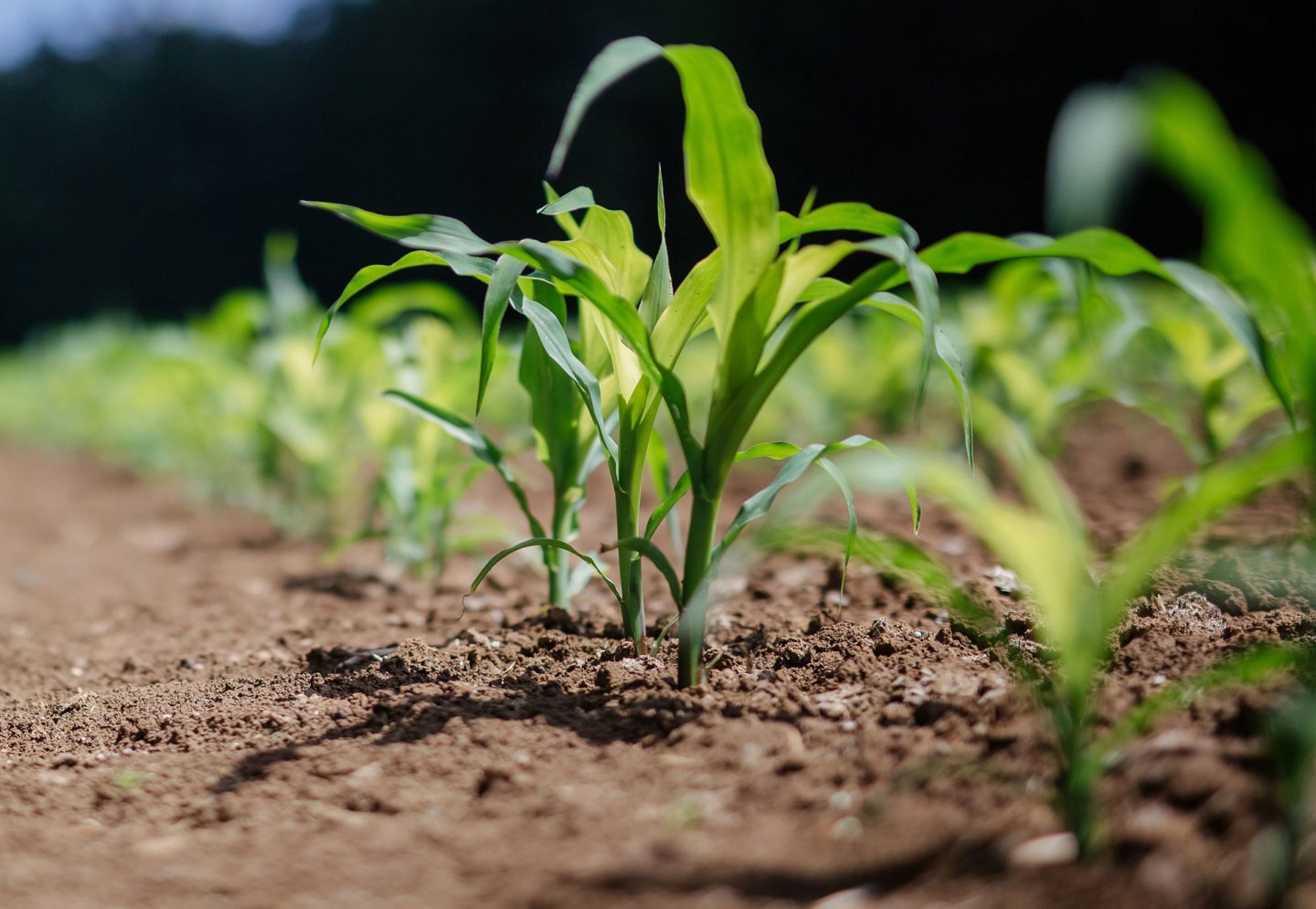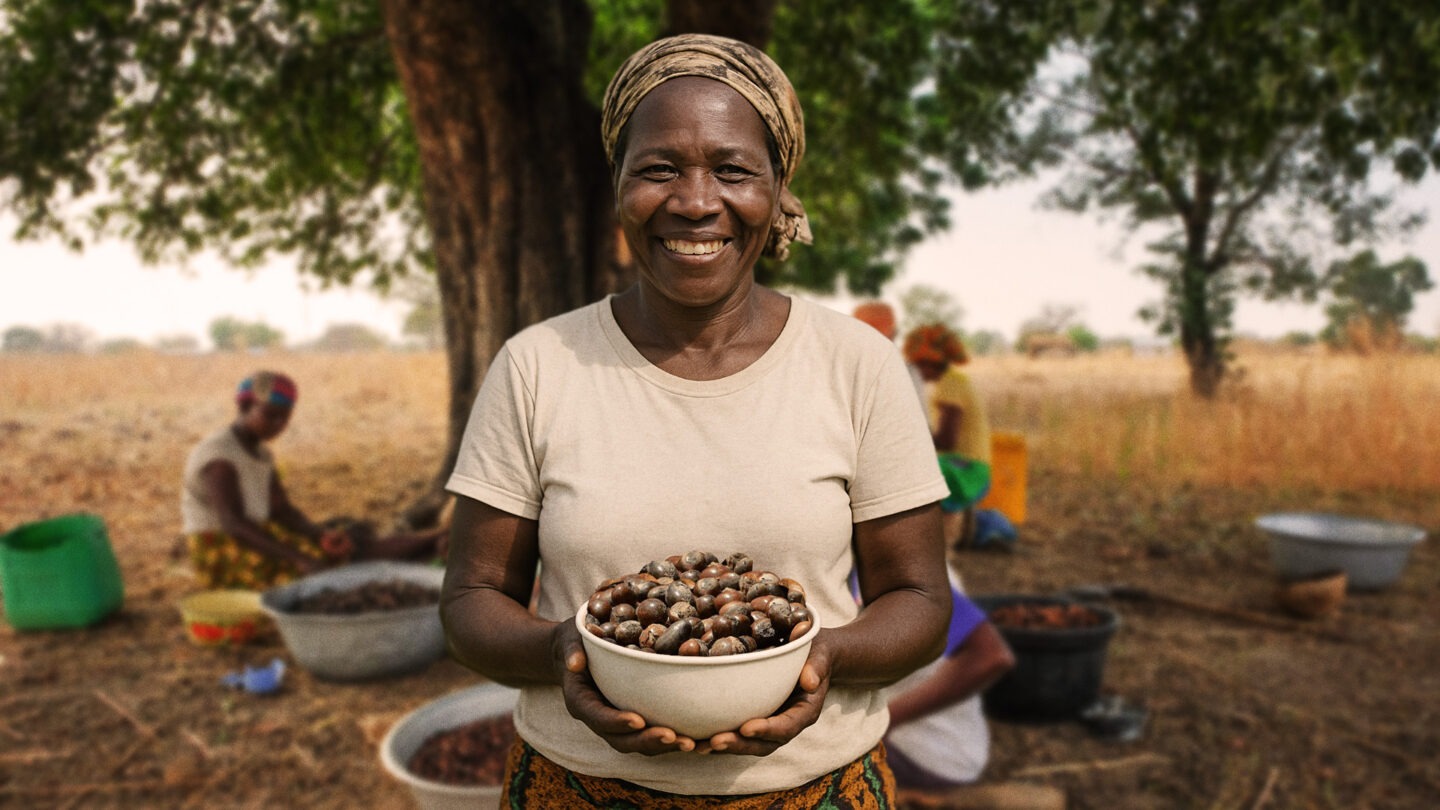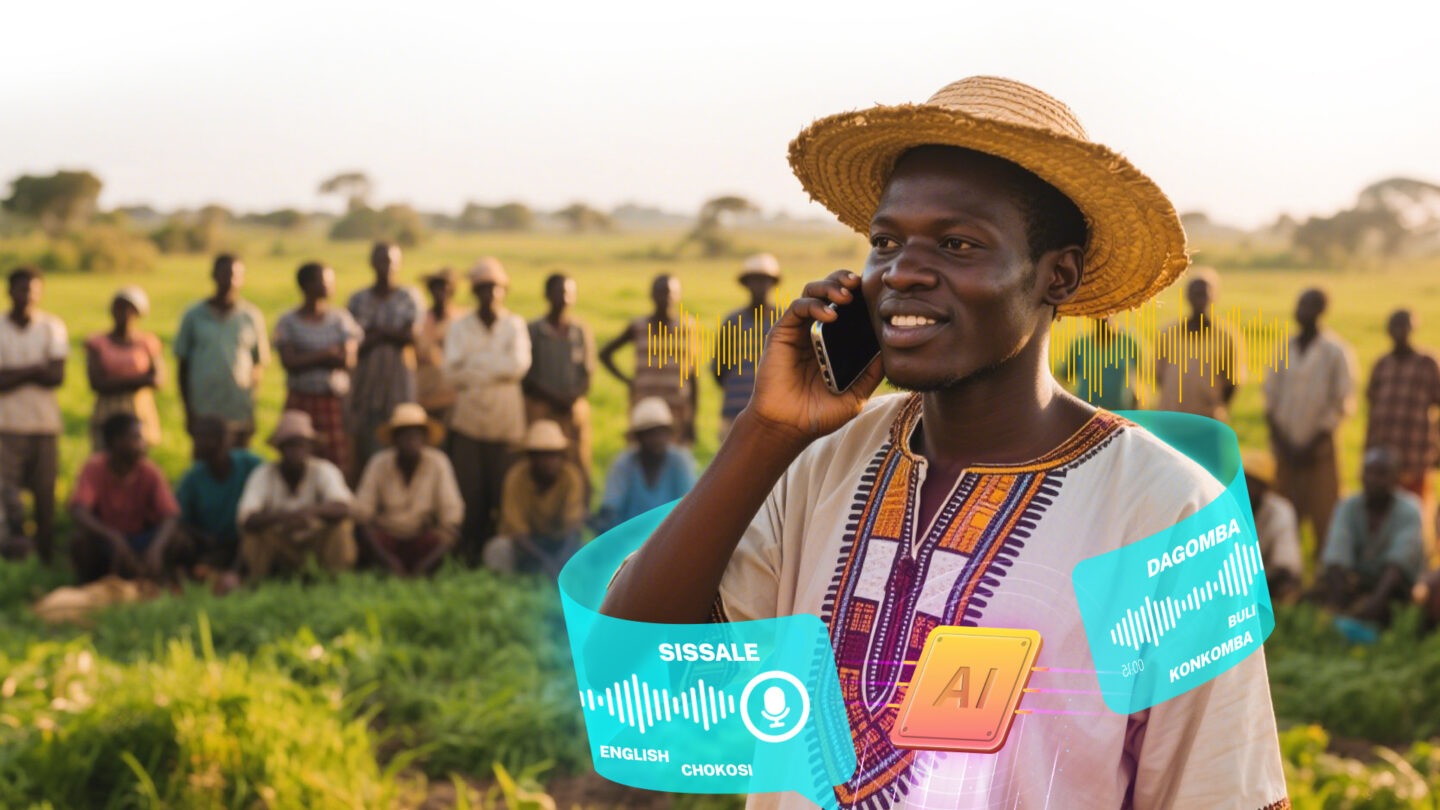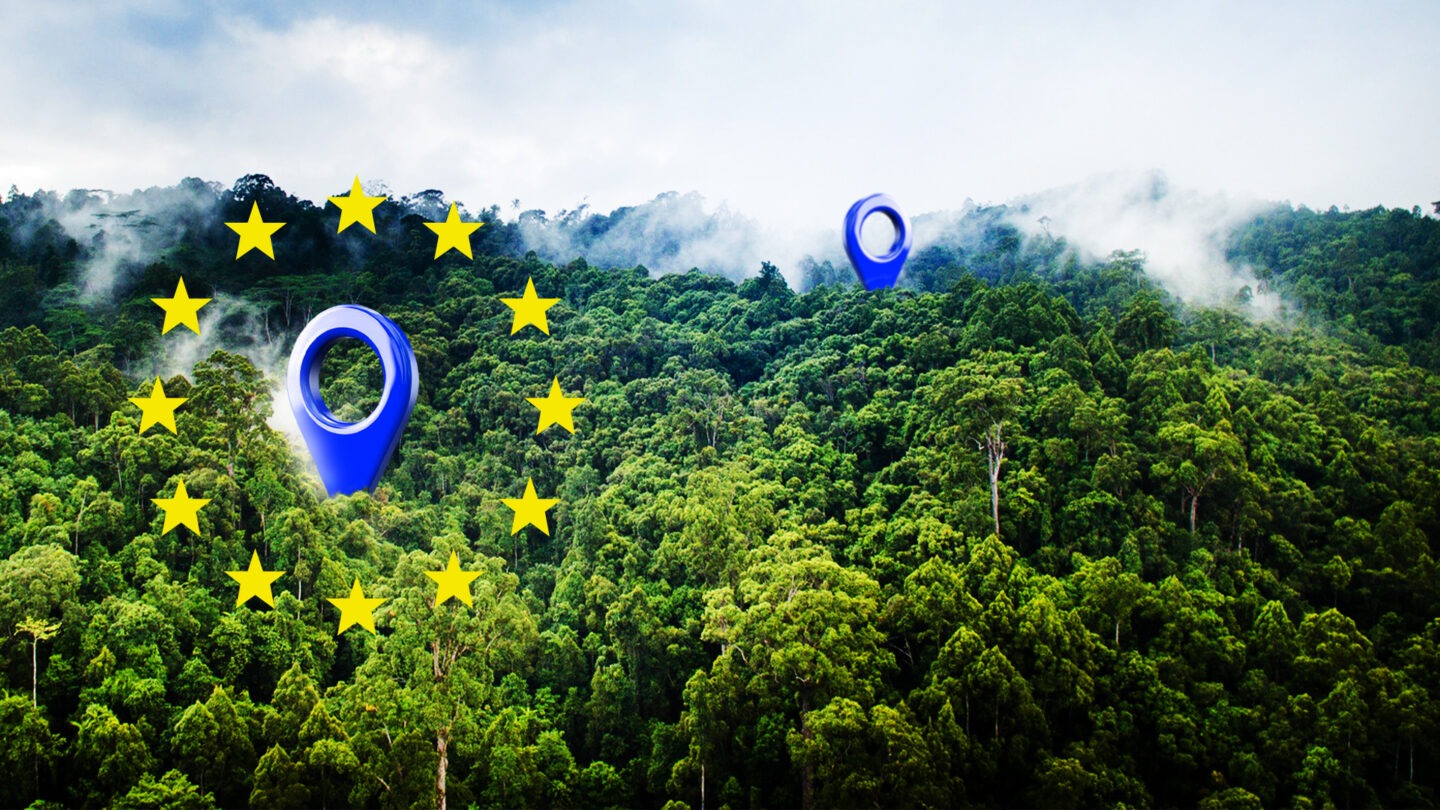How ageing trees and farmers, as well as poor support from government and smuggling of cocoa beans to Ivory Coast, is threatening Ghana’s cocoa production industry.
At sundown, in Nyabrim, a village 3km north of Achiase in the resource-rich Eastern Region of Ghana, with the sky growing dark in the distance, cocoa farmers flock along a muddy, potholed road after a busy day harvesting cocoa, the fruits of their labour well-adjusted in basins on their heads.
“I’ve been walking and carrying cocoa pods on my head through the forest for the past two hours. But what do I earn after all this hard labour? I only get something small which I end up using to pay my children and grandchildren’s school fees and their everyday welfare,” says Kofi Boama-Darko, 67, one of the returnees in the mass deportation of Ghanaians from Nigeria in 1983, who has been farming in the village for more than 25 years.
“We give Ghana its highest foreign exchange but look at the lives of cocoa farmers. We’re poor and our clothes are torn and ragged”.
November should be a thriving and prosperous time for cocoa farmers like Boama-Darko. With appetite for chocolate at an all-time high – the global demand has risen 13 percent in seven years – his cocoa beans are highly sought after. But this high demand for the produce of cocoa farmers, and the fact that Ghana is the world’s second-largest cocoa exporter, producing an estimated output of 930,000 tonnes in 2013 and 732,000 tonnes in 2014, doesn’t reflect in the lives of farmers.
Boama-Darko, like others, struggles daily to take care of his farm – and his family of twelve.
“I do everything on my own,” Boama-Darko says, which means waking up before dawn every morning to weed his fields. “I spend hours pulling cocoa pods from trees and cracking them open. When I can afford it, I hire occasional seasonal help, but most of the time I tend to my 16-acre farm in Nyabrim alone.”
Boama-Darko produces nearly 3 tonnes, which is 48 bags of cocoa beans in a year. But he says there is not much left after what he pays for his children and grandchildren’s’ school, so he sells vegetables along with home-brewed alcohol to supplement his income during the low production season.
The farmers in Nyabrim and Twifo Praso also complain they are receiving very little help from the incumbent government, and, with rising production costs, they are borrowing heavily from credit unions to stay in business.

Kwabena Boateng, 81, says the previous government provided half the fertiliser he needed to cover his 6 hectare (12 acre) plot. The price of fertiliser has more than doubled to GHs105 per bottle from GHs72 in 2013, a situation he says is upsetting now. “I spend close to GHs15000 per year to fertilise my land, which I could have used to produce more cocoa for the country to benefit from.”
The mass spraying exercise, another move aimed at enhancing cocoa production in the country, has also been politicized. “The mass spraying programme is being done on political party affiliation basis. If you don’t belong to the party of the incumbent party, your farm won’t be sprayed,” Boateng says. “And the spraying has been reduced substantially, instead of spraying six times in a year it has been cut down to two sprays and even that not all farmers benefit so the diseases are rising, affecting our output”.
With these difficulties to bear, the country’s economic woes have also hurt most of the farmers, who say basic operating costs have risen sharply over the past four years. Despite this, COCOBOD has not increased the price it pays for cocoa – the farmers receive GHs420 for a 64kg bag.
“The government should increase the price it pays us for our cocoa,” Kwesi Duah, 62, a cocoa farmer in Nyabrim adds. “If it does that, it would solve many of the problems we face here.”
In the face of their poverty, there’s growing recognition that more must be done not only to improve cocoa farmers livelihoods but to make it an attractive job for future generations to ensure a sustainable supply.
The current average age of the cocoa farmer is 60, and one of the country’s foremost challenges is encouraging the next generation to carry on the legacy of producing the premium beans.

Boama-Darko’s children have moved away to the capital and his grandchildren are too young to assist him on the farm. “Most of us are over 60 here and we’ve been farming alone for the past 20 years but what do we have to show for it? Nothing!”, he says. “Doing this work takes a lot of money and it’s difficult to do so the children don’t want to do it”.
Young people in Ghana – like aspirers around the world – are attracted to an urban lifestyle. They see cocoa farming as a job that requires a tremendous amount of work that results in struggles to support families in places often far from the internet, power and water that they desire.

Seth Ntsiful, 21, is a recent high school graduate who moved from Twifo Praso to the bustling city of Accra, where he is under traineeship to become a fashion designer. For him, cocoa farming is an improbable career option.
“I can’t leave the city and go to the village with no drinking water, poor roads, no hospitals, and poor schools,” says Ntsiful. “There’s no way I’ll do that.”
The young people to take over cocoa farming know the sufferings; the risk of diseases, inconsistent rains and buyers forcing farmers to sell at rock-bottom prices. With aging trees that yield fewer pods, and the arduous process of harvesting, the younger generation see old farmers who are giving up on their plantations.
“Even the old farmers here don’t encourage us to come into farming. They tell us to study hard to get corporate jobs in the big cities,” Ama Yeboah, a JSS student at the Methodist Primary School in Achiase says.
Another major problem that faces the cocoa sector is most of the farmer’s cocoa trees are over thirty years old. “Cocoa crops [yield] go down once the tree reaches an age of 20 to 25 [years],” explains Joseph Otchere, a purchasing clerk at the Adwumapa Depot in Achiase.
Huge parts of the country’s cocoa plantations are therefore reaching the end of their valuable life, with basically no younger trees planted to take the place of the old ones. This is a worrying situation for the country’s forthcoming economy. “You can find 35 year old trees,” Otchere adds. “Those trees clearly don’t bear fruit anymore.”
Not only do fewer pods grow on older trees, but they also become more susceptible to pests and diseases. It is practically impossible to address this issue in the short term. COCOBOD has set up programs to revitalize the country’s farmsteads, but with literally millions of trees that need to be replaced, “you will need at least 20, maybe 30 years, to turn this situation on its head,” says Otchere.
The problem, according to Kwadjo Owusu, a purchasing clerk at Olam Depot, isn’t just the age of the trees. “It is not enough to just give out seedlings or young trees,” he says, “we are now in the second or third generation of cocoa growers, who never, absolutely never, have had any form of formal training in running a cocoa plantation. Training all these people will take at least two years. And even if the cooperative unions can provide the necessary financing, they don’t have enough trainers.”
Even if both the total amount of seedlings and the required training could be provided, the process of rejuvenation would still have to be spaced out over a large time period. “Farmers will tell you that they have to plant new trees gradually to avoid losses in income, because new trees need time before they can bear fruit,” adds Owusu.
Under the country’s law, cocoa farmers are only allowed to sell their beans to purchasing clerks who act as intercessors between them and the Ghana Cocoa Board. But low cocoa prices and the depreciation of the cedi has led some of the farmers and purchasing clerks to smuggle cocoa beans into neighbouring Ivory Coast, the world’s largest cocoa exporter.
“Farmers call me and they tell me that smuggling is happening,” says Ben Akoah, a writer who has been covering cocoa production in West Africa in the last decade. “Purchasing clerks tell me they can’t find cocoa to buy because Ghanaian farmers have sold to Ivorian traders. Somebody called me and told me that a sack of cocoa can be sold in Ivory Coast for GHs560, but it is sold at GHs420 in Ghana. That is very attractive for them,” he adds.
Complacency and disregard for the livelihoods of these farmers mean that the industry may simply be unable to provide sufficient supply to meet the demand in the coming years.
Boamoa-Darko, in a crestfallen voice, grumbles that the intricate challenges in the cocoa industry means that a huge decline in production is imminent.
“If we do not revise how we treat farmers and help them with what they need, the cocoa industry will fall on its knees in five years,” he says.
“Most of us are doing this so we can leave something for our children when we die, so they can also take care of their children with it. We’re doing that because there will be nothing left for them to earn from cocoa farming after a few years.”
Article by Lexis Koufie-Amartey, Communications Associate, Farmerline
First published in the Weekend Sun Newspaper

